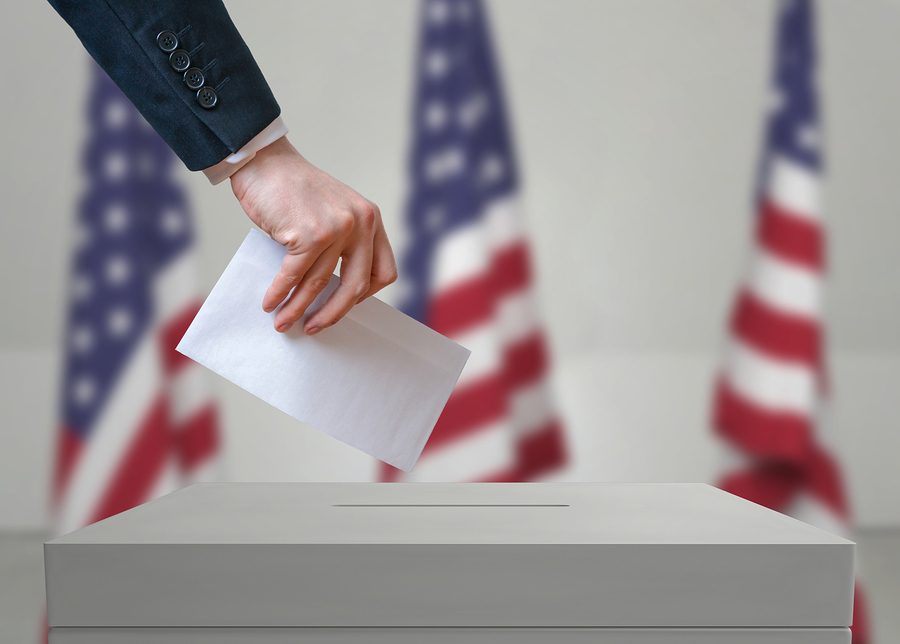Trump interrupted Clinton 51 times. Clinton interrupted Trump 17 times. The media has focused on the number of times Trump made a gaff or Hillary stretched the truth–one wink and a 20-second wiggle, 37 sniffles alongside “wrong!” shouted 12 times. But the numbers that affect the presidential election are not going to be how long the candidates focused on climate change (82 seconds if you didn’t know), but how the debate is going to affect the polls in the swing states.
Quinnipiac polls released Monday, Oct. 3, shows Clinton leading in Florida, North Carolina and Pennsylvania while Trump leads in Ohio. The leads are only by three to five percent so the 82 electoral votes are still up for grab.
Out of the 11 swing states, Clinton is ahead in all of them except for Ohio in which Trump is leading, and Iowa where they have not come out with any polling data as of yet.
Public Policy Polling released polling from Colorado, Florida, North Carolina, Pennsylvania and Virginia three days after the debate. With a total of 86 electoral votes, these five key swing states have Clinton in the lead, and if she manages to keep the lead in these states she will have reached more than the 270 mark needed to win the presidential election.
A poll done by Public Policy Polling also showed that Clinton was thought to have won the debate in all five essential swing states and that she made headway with voters under 30, with at least a 19-point lead in all of the key states in this category.
But it’s still not completely clear whether the debate had a significant impact because these states were already leaning toward Clinton before the debate. Nevada is the only state that has turned after the debate. Clinton is leading in two polls taken after the debate by six and one point with a margin of error at 4.4 and 3.5, respectively. The state has been a true toss up, going back and forth between the two candidates. However, with only six electoral points, it is not an essential state for Clinton to win over.
Historically, the debates have not been a major factor in the election, The Washington Monthly reports that a number of studies have shown that, while voters learn new information from the debates, the information is not going to change their pick for president.
In other number news, the New York Times received a couple of pages out of Trumps tax documents from 1995 that reveal that Trump could have avoided paying taxes for nearly two decades. The tax exemption comes from Trump declaring that he lost $915,729,293,—which—allowed Trump to be tax exempt for 18 years based off his earnings.
In response to the tax leak, Clinton has released a “tax calculator” that is meant to “calculate how much you would pay in taxes if you paid the same as Donald Trump.” The calculator only has one outcome: “$0.00.”
Clinton has her own leak as a recording at a Virginia fundraiser in February, where she described herself as aligned politically “occupying from the center-left to the center-right. And I don’t have much company there.” Clinton also talked about supporters of Bernie Sanders having a “deep desire to believe that we can have free college, free healthcare, that what we’ve done hasn’t gone far enough, and that we just need to…go as far as, you know, Scandinavia, whatever that means, and half the people don’t know what that means, but it’s something that they deeply feel.”
These comments, particularly the aim at Sanders’ supporters, have drawn criticism for being patronizing to millennials as well as her own description of her political beliefs that seem to go back and forth between progressive and centrist depending on who she is speaking with.






